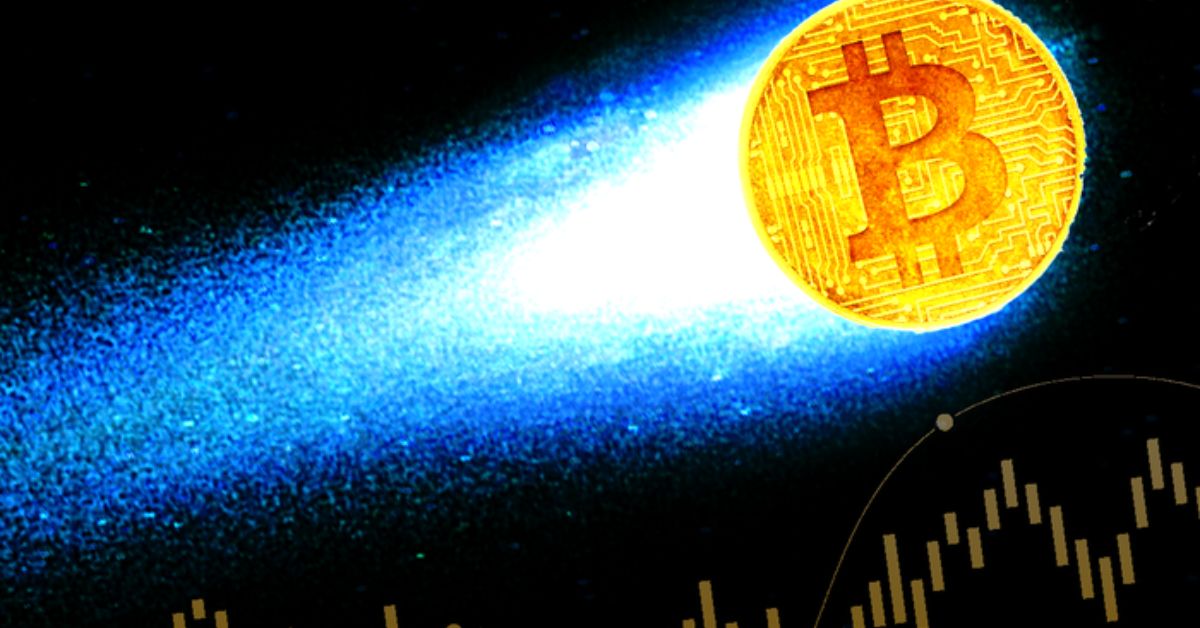A partial solar eclipse is set to grace the skies of the northeastern United States on the morning of March 29, 2025. During this celestial event, the Moon will partially obscure the Sun, offering a captivating display for early risers in the region.
Timing and Visibility
The eclipse will commence at approximately 6:13 AM Eastern Daylight Time (EDT) and conclude around 7:17 AM EDT. Observers in states such as Maine, New Hampshire, Vermont, and parts of Massachusetts will experience the most significant coverage, with up to 87% of the Sun’s surface obscured. In Maine, this alignment may create a striking “double sunrise” effect, where the Sun appears as two luminous lobes separated by the Moon’s shadow.
Safety Precautions
Viewing a solar eclipse requires strict safety measures to protect your eyes from harmful solar radiation. Directly looking at the Sun without proper protection can cause severe eye damage. It is imperative to use eclipse glasses that meet the ISO 12312-2 safety standard or employ indirect viewing methods, such as pinhole projectors. Regular sunglasses, even if they are very dark, are not sufficient for viewing the Sun during an eclipse.
Optimal Viewing Locations
The northeastern U.S. offers several prime spots for witnessing this partial eclipse. Coastal areas in Maine, particularly those with clear eastern horizons, will provide some of the most dramatic views. Cities like Portland and Bangor are expected to experience significant obscuration. Further south, locations in New Hampshire and northeastern Massachusetts will also have favorable viewing conditions, weather permitting.
Additional Tips
- Check Local Weather: Clear skies are essential for optimal viewing. Monitor local forecasts and consider traveling to areas with the best weather conditions.
- Arrive Early: Plan to arrive at your chosen viewing spot ahead of time to secure a good position and acclimate to the surroundings.
- Photography: If you plan to photograph the eclipse, ensure your camera is equipped with a solar filter to prevent sensor damage and capture clear images.
This partial solar eclipse offers a unique opportunity for residents and visitors in the northeastern United States to witness a remarkable astronomical event. By taking appropriate safety precautions and choosing an optimal viewing location, you can fully enjoy this celestial spectacle.
Related Articles



